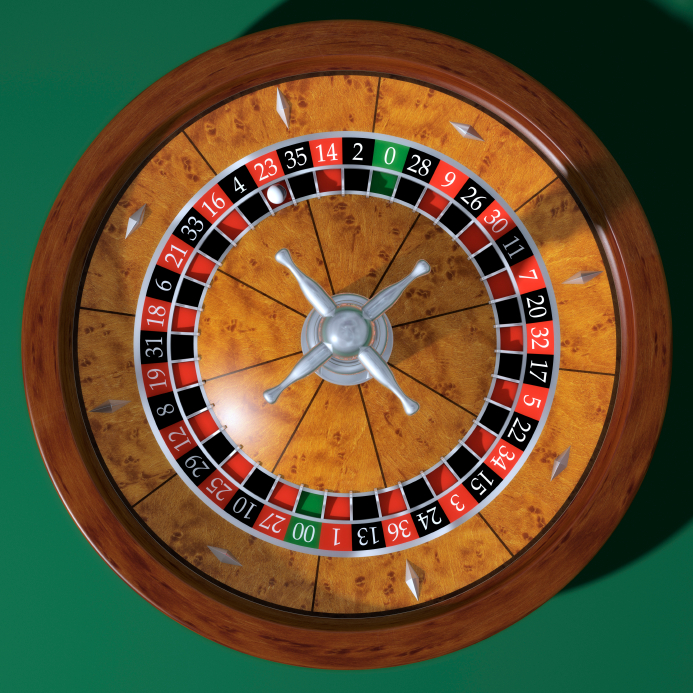Hope Is Not a Strategy – Odds of Success (Part 2)
Recently I corresponded with a reader who was concerned about the implied negativity around the “odds” of success described in these posts.
I have done quite a bit of research on the odds around product development and am comfortable with my numbers. It is not much different than saying that 1 out of 5 small business startups succeed. I have actually been pushed toward these terrible odds by the senior people I have worked with in product development.
My view is to embrace the numbers. Success comes from dealing well with failure. Run through the things that don’t work. Kill dumb ideas. If you have only one or two new products, it is really hard to prioritize and pick between the winners and failures. View it from a portfolio perspective — an investor who buys one stock is gambling.
Or you could choose to look at it another way: how does one actually calculate the success ratio? What is the numerator, and what is the denominator? A researcher working at the bench may see lots of failures. The chairman, who validates the decision to launch a fully refined product, sees completely different ratios.
It is a lot like sales. When I was young and naive, if someone called and asked about my product, I figured that was about as good as a sale. Now when I have a new lead, it does not even register until there has been a great deal of qualification. As we manage a sales effort, we recognize that it takes multiple leads to result in a sale, and we organize accordingly. We need to recognize that similar metrics apply to new product development.

